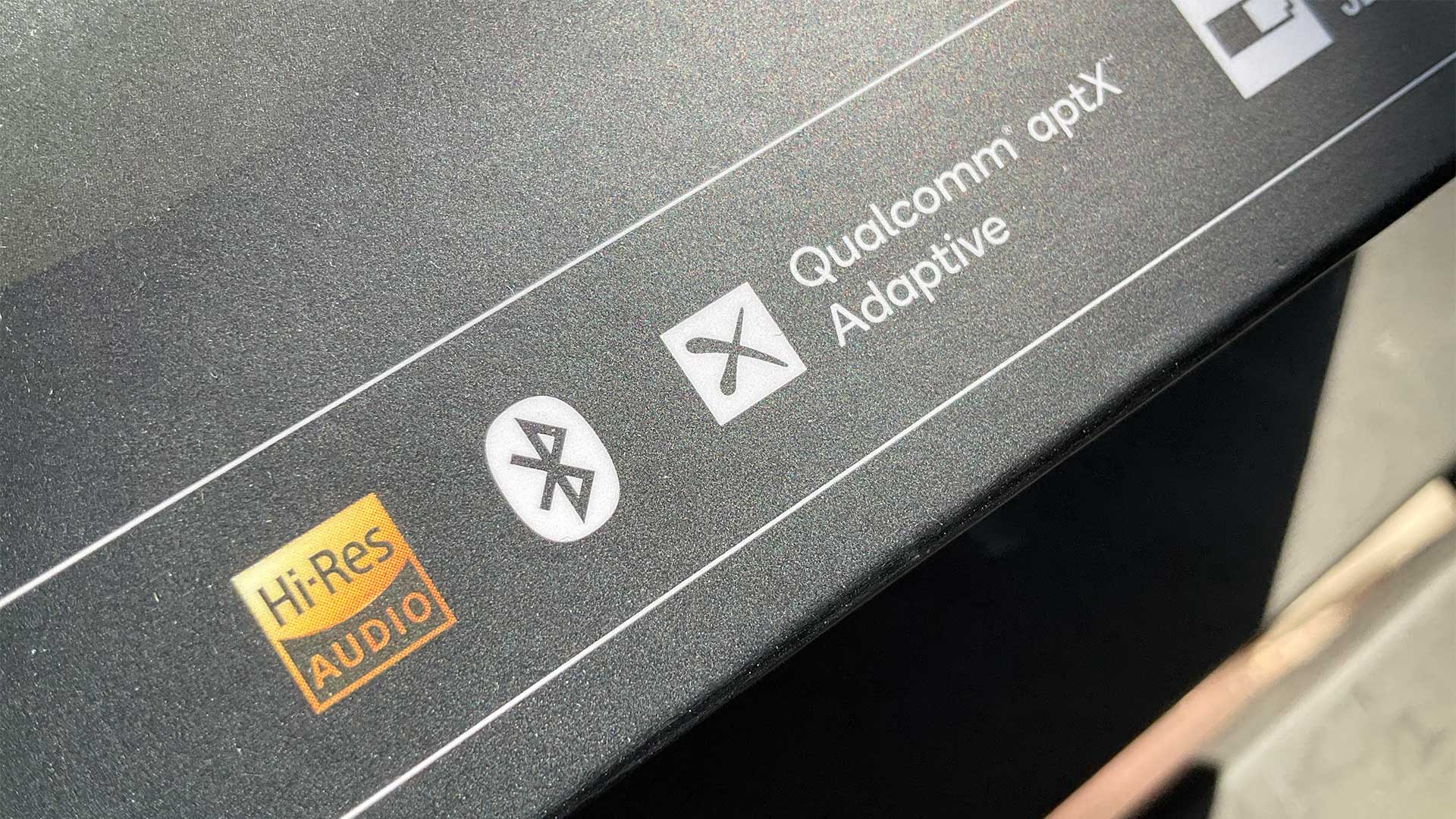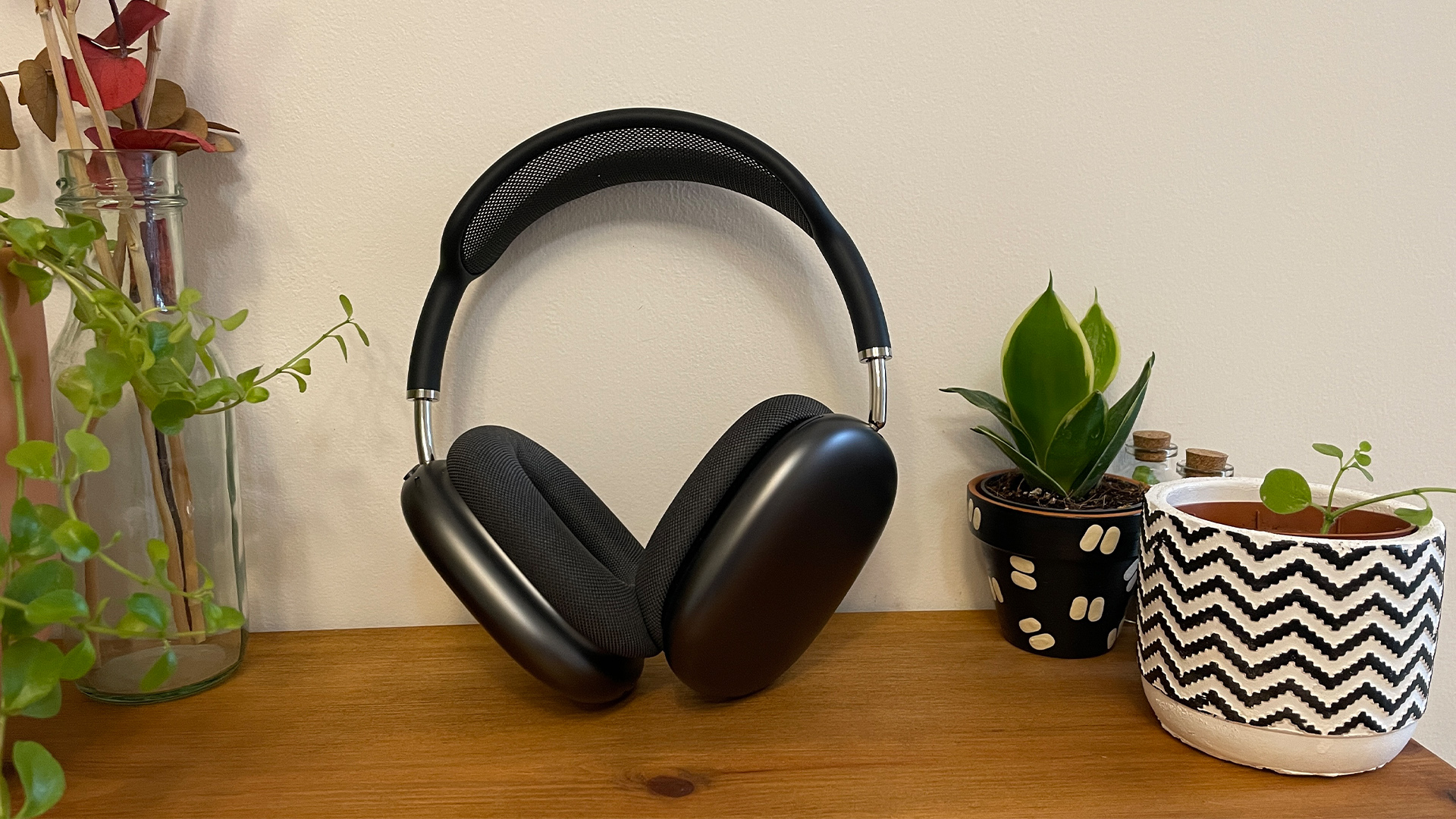2024 could be the year of hi-res wireless audio – but it hinges on two things
2023’s been great for music streaming hardware – 2024 needs to address wireless quality

Streaming is here to stay. That’s been the case for some time and is a key reason why many of 2023’s biggest headlines and most interesting products have in some way related to music streaming.
On the product front, highlights included amazing budget music streamers like the Award-winning Cambridge Audio MXN10 and WiiM Pro Plus, which both offer the perfect way to modernise retro hi-fi.
As we’ve said many times before, we’re all for this for two reasons. Firstly, because a lot of old kit still performs and sounds amazing and so having the ability to add streaming smarts to it and bring it into the 21st century is great. Secondly, because it’s good for the environment – the less waste we create the better.
But while we love the ease of wireless streaming, there’s no denying there are compromises on the reliable steadfast quality you get with cabled connections and a high-quality local source. This is especially true if you’re streaming via Bluetooth, which despite work on things like aptX HD and LDAC remains a fairly lossy means to transfer data.
Thankfully, there are a few key technologies on the horizon that we’re hoping to hear more about in 2024. These are the two we’re most excited about.
Wi-Fi 7

Wi-fi standards aren’t a topic we regularly discuss, but we’re making an exception for the incoming Wi-Fi 7 as not only it is a pretty big leap forward but also has the potential to radically improve music streaming standards.
You can get a detailed look at everything we know about the standard in our What is Wi-Fi? 7? guide, but the short version is it’s a new standard that promises to increase the amount of data we can transfer by a factor of five. Specifically, raising the maximum 9.6Gbps data rate of Wi-Fi 6 to 46Gbps.
The latest hi-fi, home cinema and tech news, reviews, buying advice and deals, direct to your inbox.
While you’d need a very fast broadband package and a next-generation router to achieve these speeds, theoretically this could be a big deal for streaming quality.
Chipmaker Qualcomm has already put a lot of work into using Wi-Fi 7 to bolster wireless audio quality. This was evidenced when it unveiled its new S7 and S7 Pro Gen 1 chips. The Pro chip, which is designed for use primarily in headphones, will supposedly facilitate ‘lossless’ hi-res audio up to 192kHz at home, even when “multiple floors” away from the source. Via Bluetooth, it will reportedly allow 16-bit CD-quality audio at ranges of up to 200 metres.
The chip will also reportedly have an intelligent auto switch feature which will make the headphones transition from Wi-Fi 7 to Bluetooth “seamlessly” with no noticeable loss in quality when the listener goes out of range of the stronger source.
As Wi-Fi 7 and headphones with the chip haven’t launched yet, we haven’t had a chance to confirm these claims, but if they do ring true, this would be a big step forward for wireless audio.
Ultra Wide Band

Bluetooth’s lossy nature has been a key issue afflicting wireless quality for quite some time. To date, no version of Bluetooth is ready to support true lossless hi-res audio. This is an issue as, in the current market, people predominantly listen to music using their phone and a pair of Bluetooth headphones or earbuds.
Originally we thought a solution like MQA's SCL6 could fix this, thanks to the codec’s theoretical ability to scale quality based on the strength of the signal it was receiving. But with MQA now being bought by Lenbrook, and having had no word on it in quite some time, that’s perhaps unlikely to be the silver bullet we’re waiting for.
Another, more left-field solution, to this that could arrive in 2024 is to replace Bluetooth entirely with Ultra Wide Band (UWB). This is an alternative wireless technology that’s currently used on Apple devices, including iPhones, to help with global positioning.
In theory, it has the bandwidth and low power consumption levels needed to support wireless, lossless hi-res audio. The only roadblock is that the tech currently suffers from a problem known as body blocking, which makes the signal too prone to dropouts when streaming audio using the antennas featured in most hardware at the moment.
Why mention it here if that’s the case? Well, because there are currently several companies working to make a new standard of antenna that will eliminate the body-blocking problem. Perhaps the most promising comes from AntennaWare, a company which employs Jonny McClintock, who was one of the driving forces behind aptX Bluetooth. The company’s been quiet about its progress recently, but we’re hoping to hear more about its efforts in 2024.
Whether that happens or not remains to be seen, but the eternal optimists that we are, we have high hopes that hi-res wireless audio may finally become a reality sooner rather than later if either of these new technologies bear fruit.
MORE:
These are the best portable music players we’ve reviewed
Check out our pick of the best wireless headphones
We rate the best wireless earbuds money can buy

Alastair is What Hi-Fi?’s editor in chief. He has well over a decade’s experience as a journalist working in both B2C and B2B press. During this time he’s covered everything from the launch of the first Amazon Echo to government cyber security policy. Prior to joining What Hi-Fi? he served as Trusted Reviews’ editor-in-chief. Outside of tech, he has a Masters from King’s College London in Ethics and the Philosophy of Religion, is an enthusiastic, but untalented, guitar player and runs a webcomic in his spare time.
